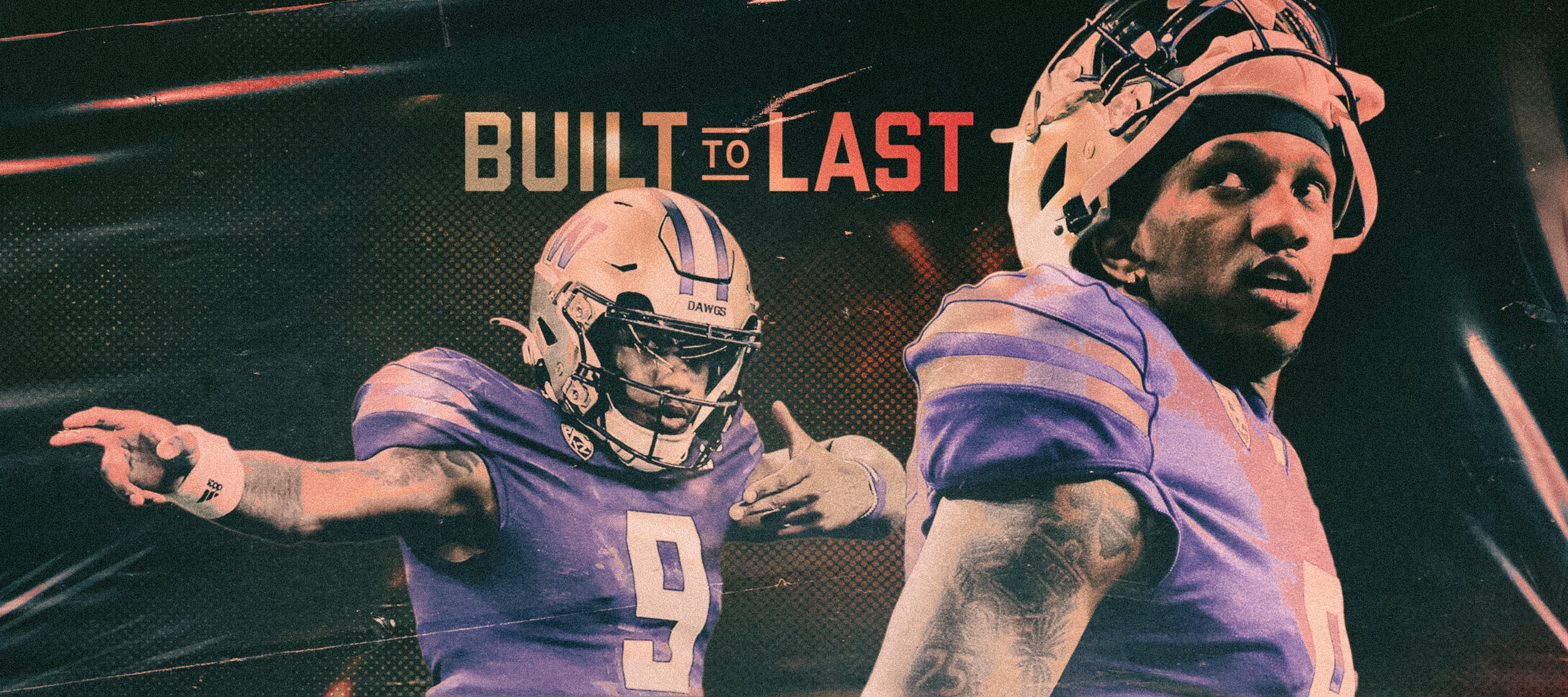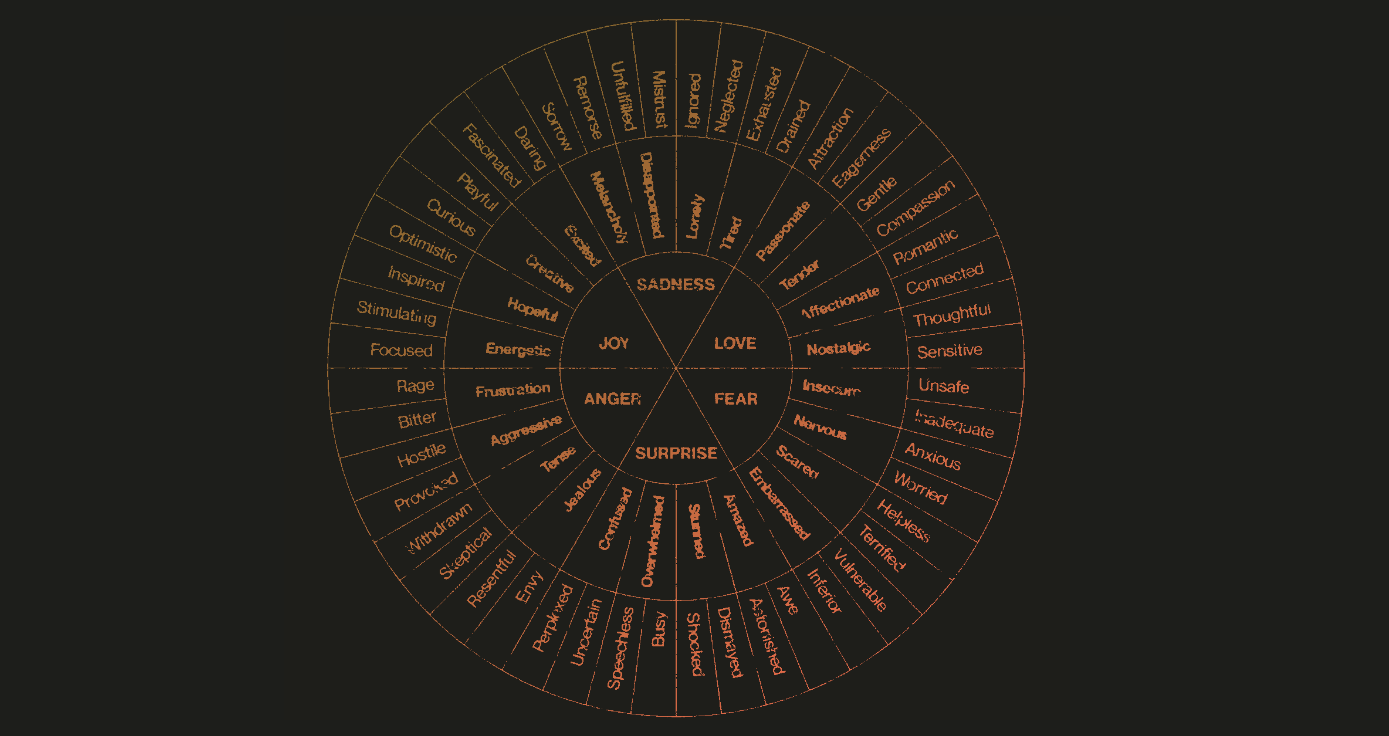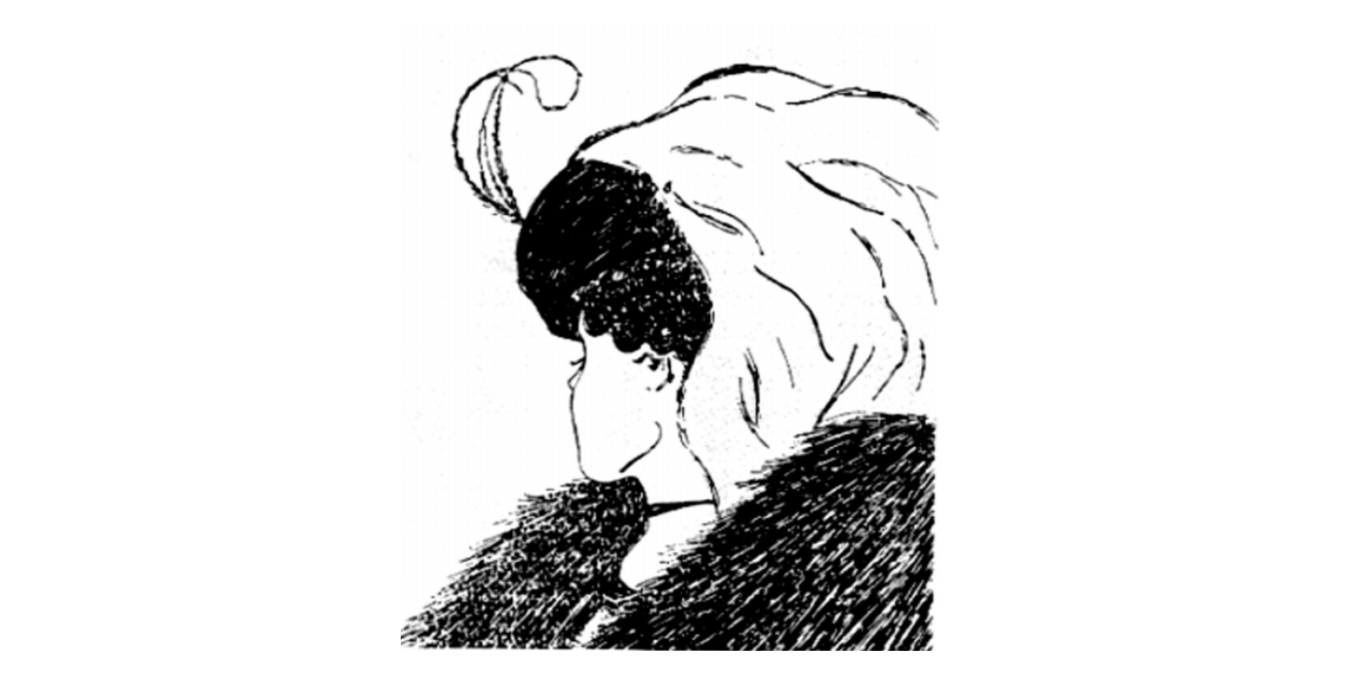While stress management strategies like meditation, schedule blocking, and exercise are crucial, there's a fundamental truth often overlooked: mindset precedes strategy.
Sodded or Sowed: Leadership Lessons From a Lawn Care Specialist?
Built To Last: How to Suffer Well
In the lead-up to the 2024 NFL draft on April, 25, 2024 there were a lot of questions surrounding Michael Penix Jr. Despite being the runner-up for the Heisman Trophy Award the season before as he threw for 4,903 yards and led the Washington Huskies to a 14-1 record with the lone defeat coming in the National Championship game, there were still questions surrounding Penix as a prospect.
That is the job of NFL executives. They must ruthlessly evaluate the future investments they will make in selecting their next quarterback. The position and individual responsible for leading their franchise, and being the face of the entire organization. It’s the most important decision for an NFL executive (and any executive for that matter).
Who are you going to select to lead? What qualities are you looking for in your new leader? What qualities make up a great leader in the first place?
We need excellence at the highest level. Proficiency in all the things that matter. A growth mindset. A personable disposition. Confidence. Durability.
We need durability.
One NFL General Manager (who is in the thralls of making a decision that will likely make or break his career) asked Michael Penix Jr this question during pre draft interviews and evaluations.
“4 season-ending injuries in 4 years, Mike. How do I reconcile that?”
When it comes to Michael Penix Jr, the question surrounding his capabilities as an athlete and a leader seems to not hinge on his proficiency as a passer (he’s got a cannon for an arm). They don’t seem to hinge on his personality or his demeanor (he’s got a great smile and friendly personality).
The questions seem to hinge on whether or not he’s durable. After all he had four season ending injuries in a row.
2018 - Right ACL tear
2019 - Right Dislocated Shoulder
2020 - Right ACL tear again
2021 - Left AC Joint Sprain
Durability is tough to measure. How can you tell if a leader is durable?
How would you feel if someone questioned your durability?
What would go through your mind and emotions if during an interview process someone said to you “You know Steve, we love your results, we love what you’ve done in the roles you’ve been in in the past, we just are concerned you’re not durable. We’re concerned that you’re not strong enough to handle what you’re about to go through. We actually think you might be fragile and will fold when it gets tough”?
To question someone’s durability is to question their very core. It’s to question their inner resolve. Their character.
It’s to say, they aren’t “built to last.”
The injury history that is making some leaders question if Michael Penix Jr is fragile is actually the same thing that may suggest he is built to last.
Becoming Built To Last
Not everyone is built to last. Not every leader is built to last. Revisionist history would suggest there are a lot of NFL executives who lost jobs over decisions in the draft by selecting quarterbacks who were not built to last. It’s not an easy job, to predict who is built to last and who is the shiny temporary featured prospect who will flame out at the first sign of resistance.
But it is possible to evaluate this kind of leadership quality. The trained eye can see qualities that suggest an individual is built to last and qualities that suggest an individual is not durable on the inside.
How does an individual become built to last?
They need to develop the quality of buoyancy in their life.
Buoyancy is the ability to stay afloat. Life and high performance are not linear journeys. It is full of ups and downs. Uncertainties and questions. Pivots and redirections. It’s full of moments in the spotlight and moments in the darkness of complete obscurity. Michael Penix has buoyancy.
Just weeks before heading to college, Penix was preparing to head to the University of Tennessee from his hometown in Dade City, FL. He got a call that the Tennessee Volunteers didn’t want him anymore. They felt he was not an SEC quarterback. He pivoted to the University of Indiana to play for the Hoosiers.
While at Indiana, his internal buoyancy would be put to the test and most importantly, stretched and developed.
If we’re going to talk about buoyancy and becoming built to last. There are two key words that inform the entire process.
Passion and Suffering
It seems passion has become a misconstrued word to describe hobbies or interests. That’s not the version of passion we’re talking about when it comes to durability or being built to last.
A better definition of passion is:
A willingness to engage to the point of suffering.
You find out your passion level when suffering enters the scene. There’s a lot of interests and hobbies that fall to the wayside when it’s time to suffer for it.
Suffering is a state of undergoing pain, distress, or hardship.
Suffering is inevitable and comes in multiple forms. Hardship and adversity send us into suffering. Sometimes it knocks on our door when we don’t want it. Other times we willingly choose suffering. We get up and lift weights and intentionally take our body through suffering to grow.
There is no worse form of suffering for an elite athlete than to have a season-ending injury. A serious injury requiring major surgery and months of rehabilitation can send even the most mentally and emotionally tough people into a spiral of depression, hopelessness, and grief.
“There were a lot of thoughts in my head. A lot of negative thoughts roaming around in my head. Ultimately it was the people around me that got me through. I knew I couldn’t let my little brothers see me quit. I had to bounce back and keep moving forward.”
It’s in each of these season ending serious injuries that we see the passion of Michael Penix Jr. A willingness to suffer. There are a lot of individuals who would retire after extreme setbacks like this. Instead he did more than bounce back, he developed and grew. He becomes more resilient with each test. He displayed buoyancy.
The test of buoyancy is to not get too high or too low. It’s to live an internal life that is independent from the circumstances taking place around you.
Michael Penix has extreme buoyancy. He’s still afloat despite the lows of rejection and criticism early in his career. He’s still afloat despite the lows of four season ending injuries. He’s still afloat after the lows of entering the transfer portal and leaving Indiana. He’s still afloat after all of the attention from his Heisman caliber season. He’s still afloat after all the attention that came from taking Washington to the national championship game.
The highs and lows of his journey are not overwhelming the inside. He’s remaining in a sense of buoyancy.
How does a person develop this kind of buoyancy in their own life? What an amazing quality for a leader to have. To be built to last. To flourish in the midst of stress, suffering, and difficulty. Is this just reserved for those with a special heart and a special set of genes?
It’s reserved for those who train in the intersection.
Training in The Intersection
To be a high performer who is built to last you need to be:
Physically Rested
Emotionally Agile
Mentally Present
Spiritually Rooted
Physical
Being physically rested requires adequate recovery. Recovery is a return to your baseline state of functioning. With each and every rehabilitation process Michael Penix Jr was elevating the baseline of his physical well-being. This process is not just reserved for future NFL stars, it is for every high performing leader! Your physical well-being is impacted and affected by every stressful component of your life. The mind-body connection is essential to flourishing and living a lifestyle that is built to last.
Emotional
Dr. Gloria Willcox created the Feelings Wheel as a tool to help develop greater awareness and range of our internal emotions. The pursuit of high performance elicits all kinds of human emotions that get overlooked or unchecked most of the time. As Michael Penix Jr dealt with all kinds of external adversity, stress and pressure he had to develop a sense of internal control of the story and that often starts with naming and defining the strong emotions we’re feeling in response to what is happening.
Mental
What we mentally focus on sets the course for all of us. Perspective is everything. This is especially true in times of challenge and difficulty. Michael Penix Jr didn’t focus on all the negativity, all of the “woe is me” that can come in times of adversity. Instead he focused on his family and support system and his resolve to simply not quit. What you SEE in front of you dictates everything. Our eyes can play tricks on us. Our minds can give us the perspective we need in times of trouble. (What do you see below? An old lady or a young lady?).
Spiritual
In an open letter to NFL general managers the week of the draft, Michael Penix had this to say about the questions surrounding his durability - the questions surrounding if he is built to last.
“Truth is, I’d be more worried if I had never been injured. We don’t all come back the same. I can’t speak for those that have never gone through anything. But I can speak on me. I’ve seen how deep my foundation is. I know the storms I’m prepared to weather. For most people that’d be the end of their story. But there’s more to my story, and I own every page of it.”
“I’ve seen how deep my foundation is. I know the storms I’m prepared to weather.”
That is the sign of a spiritually rooted individual.
Have you heard the story of the Biosphere 2 Dome? Back in the late 1980s a group of scientists created a 3.1 acre research facility in Arizona that was designed to replicate the earth’s ecosystems.
The goal was to create a completely closed, completely self-sufficient system in which the perfect conditions to flourish were meticulously crafted and maintained.
Artificially stimulated soil.
Artificially stimulated ph levels
Artificially stimulated humidity
Artificially stimulated sunlight
The best conditions for vegetation to thrive and flourish. Take all the things we know sustain growth and optimize it in a controlled environment.
And it worked.
The trees in the Biosphere 2 shot up at a rapid rate. They grew more rapidly than trees outside the Biosphere 2 Dome.
It seemed it was possible to create and control the ideal environment for rapid growth (key word - rapid)
At first, it seemed remarkable. Until you consider one variable as the story unfolded.
All of the trees in the Biosphere Dome grew rapidly and eventually toppled over at the same height (a height shorter than trees outside the Biosphere Dome).
Despite growing at a rapid rate. They failed to reach full maturation and collapsed.
How could this be?
The researchers in the Biosphere 2 studied the trees and came to the conclusion that despite all of the controlled ideal conditions (the soil, the sun, the humidity) that was perfectly optimized for growth one variable was missing.
Suffering
The lack of wind in the Biosphere 2 did not allow the trees to develop the necessary root systems and tough outer bark needed to sustain their rapid growth.
So while all of the controllable variables needed to flourish were present, the randomness and chaos of the stress and wind were absent.
Struggle was absent.
In reality, it was the absence of struggle that limited the full maturation of the trees in the Biosphere Dome.
When it comes to the question of whether Michael Penix Jr is durable we don’t have to look any further than his injury history.
It takes courage and resolve to come back from this kind of struggle and suffering. It takes passion - a willingness to suffer. It takes buoyancy.
It’s the presence of struggle that tells us if someone is built to last - not the absence of it.
Rest and Reset: The Mission Critical Ritual for High Performance
Does Flourishing Matter in Leadership?
If you’re not measuring flourishing with your team and organization here is the best place to start. Send this link to your team members and we’ll compile the results and send them to you!
Rapid Growth or Full Maturation?
You need to be spiritually rooted to flourish in life and leadership






